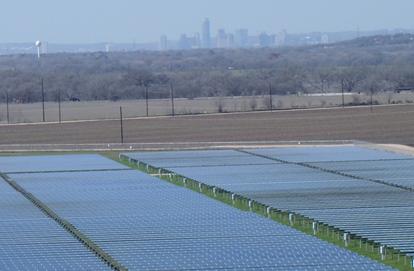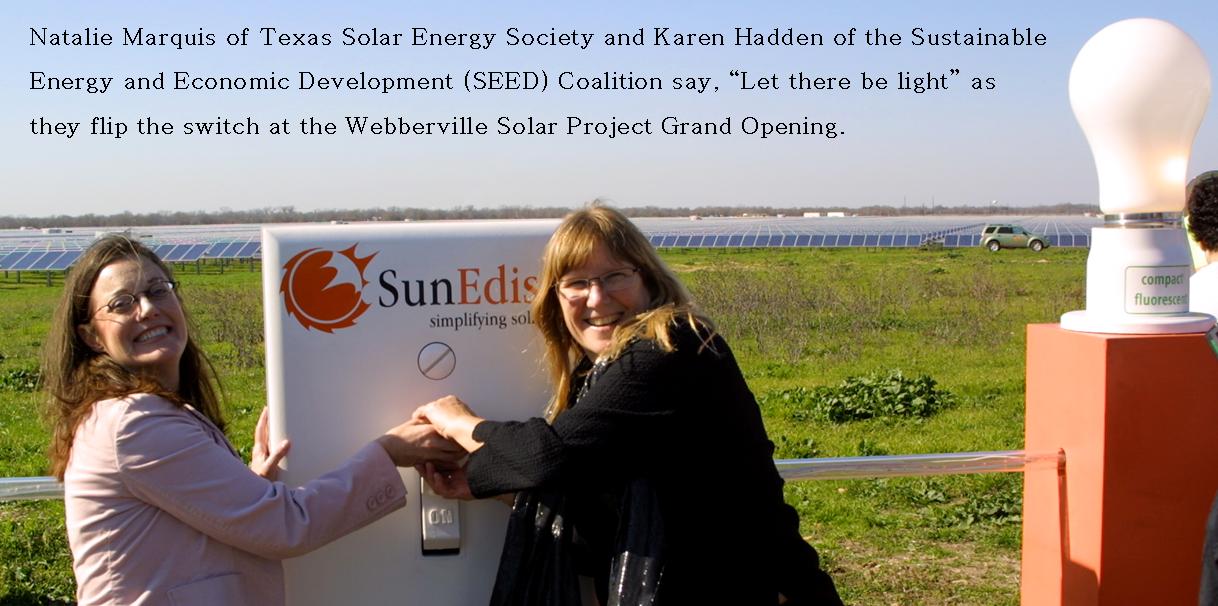While the proposed resolution to give Austin Energy governance responsibilities to an appointed board has been taken off the “consent agenda”, it’s still alive and kicking.
City Council will take up the issue at 6 p.m. this evening (Thurs, 2/14) and I hope you can take a bit of time before dinner to stand up for your rights.
Austin Energy is a owned by us, the citizens of Austin. Currently, we can influence the direction the utility takes by showing up at City Council meetings (just as I’m hoping you will tonight) and voicing your opinions. The people of Austin have spoken passionately and convincingly on a variety of issues including development of strong solar energy programs, assistance for the poor and keeping rates affordable for everyone. City Council has often changed it’s course as a result of public outcry. They do so because they know that they can be held accountable at the ballot box (or the electronic voting machine, as the case may be).
An appointed board could dramatically limit the ability that each of us has to ensure that Austin Energy is governed in a way that aligns with our values.
Some have argued that a board could focus more on the important issues at Austin Energy, but an appointed board is not the only option. With City Council soon to be enlarged – when we move to the 10-1 system with geographic representation – there could easily be a subcommittee that focuses on the governance and oversight of Austin Energy. If some members of City Council don’t wish to be burdened with the responsibility of governing our most (monetarily) valuable asset, then they could decline to serve on such a subcommittee.
Some Austin Energy customers who live outside Austin have complained that they have no representation in the governing body of Austin Energy (which is Austin City Council). That’s a fair point and could easily be remedied by reserving one seat (or whatever is proportional based on population) on the subcommittee for an elected representative of those customers residing outside city limits. What doesn’t make sense it to disenfranchise everyone just because some people aren’t currently represented.
Yes, the system could be more perfect and we at Public Citizen are always working toward making it so, but with all the awards and national recognition that Austin Energy has received, we must be doing something right.
So, please, make your voice heard at City Hall tonight. The proposed resolution is “Item #46” and will be taken up at 6 p.m. You can register to speak or register your opposition at the kiosks in the City Hall lobby. You can donate your speaking time to someone else, but you must be present at the meeting to do so. If you drive, you can park in the garage underneath City Hall and get your parking validated in the lobby.
For more information, please visit www.cleanenergyforaustin.org.








 SMITTY: TWO CITIES TOOK OPPOSITE PATHS IN SELECTING UTILITY GM
SMITTY: TWO CITIES TOOK OPPOSITE PATHS IN SELECTING UTILITY GM


